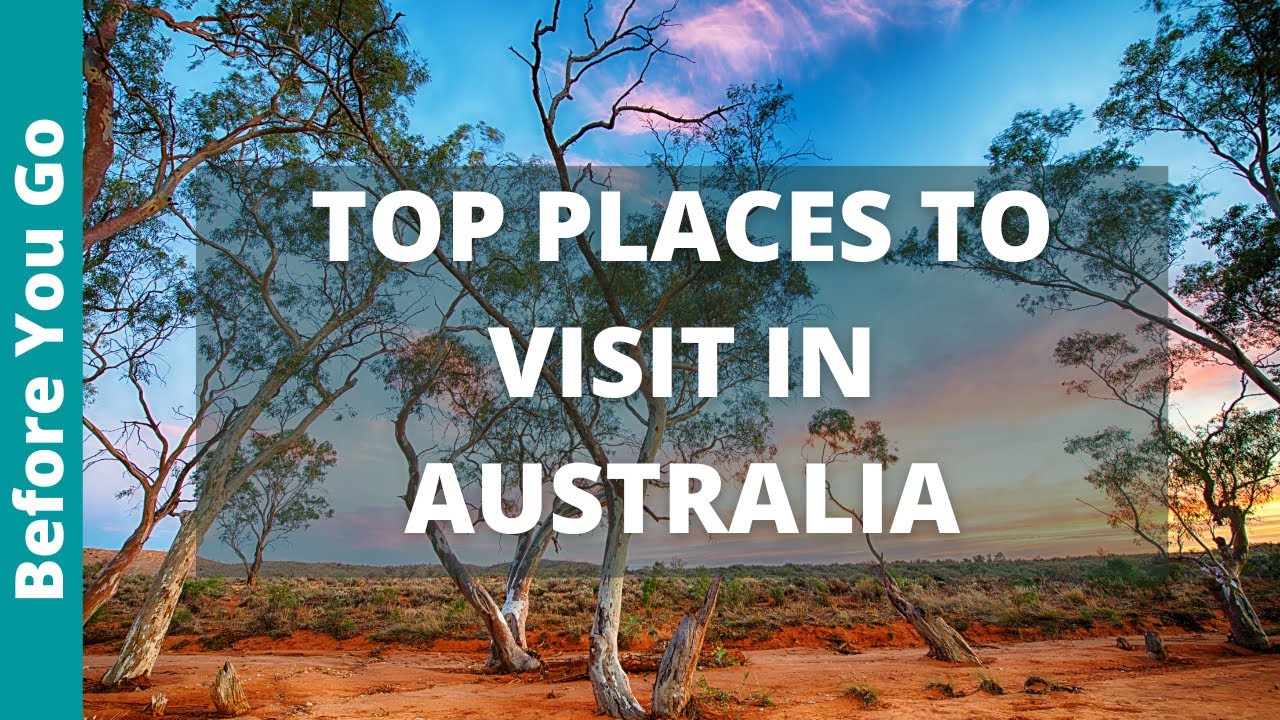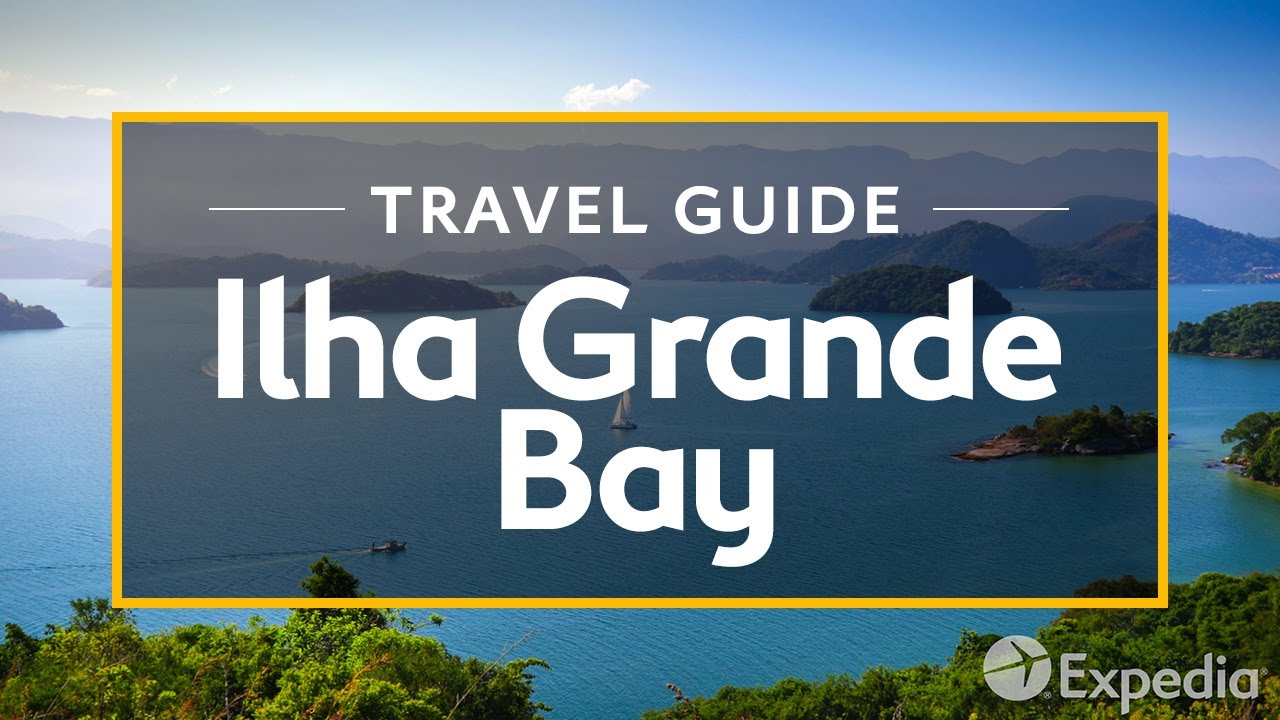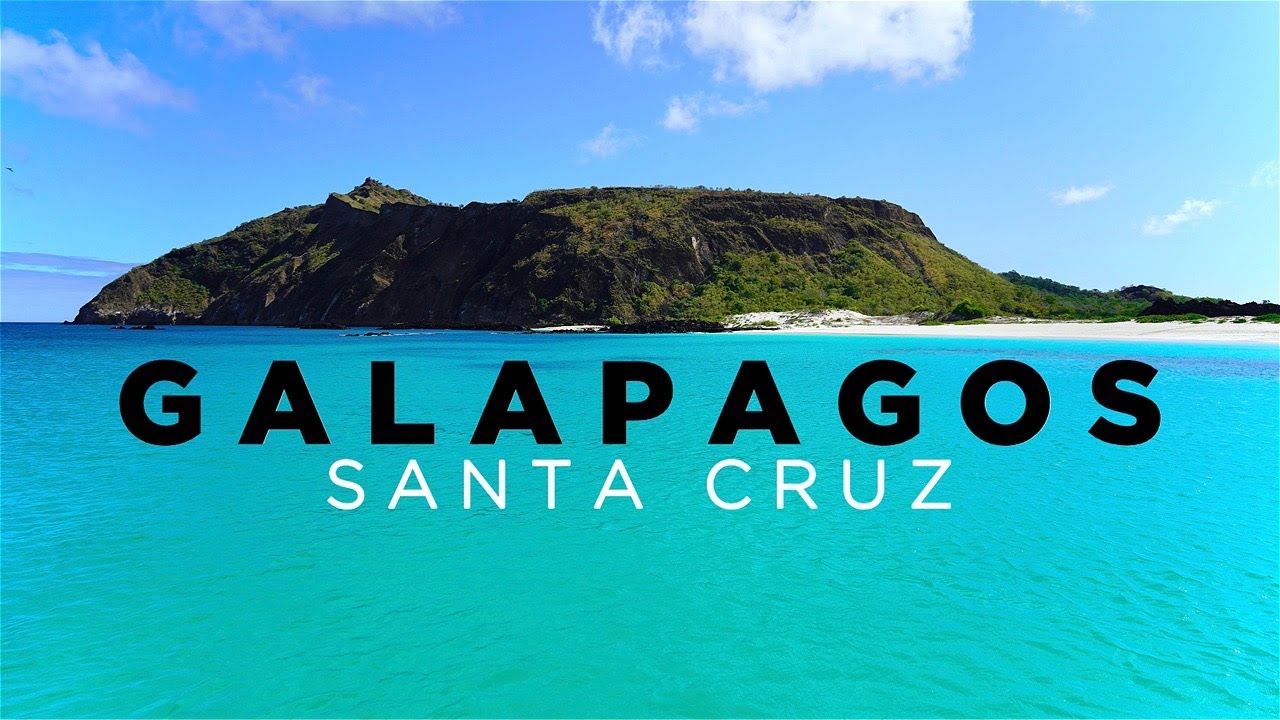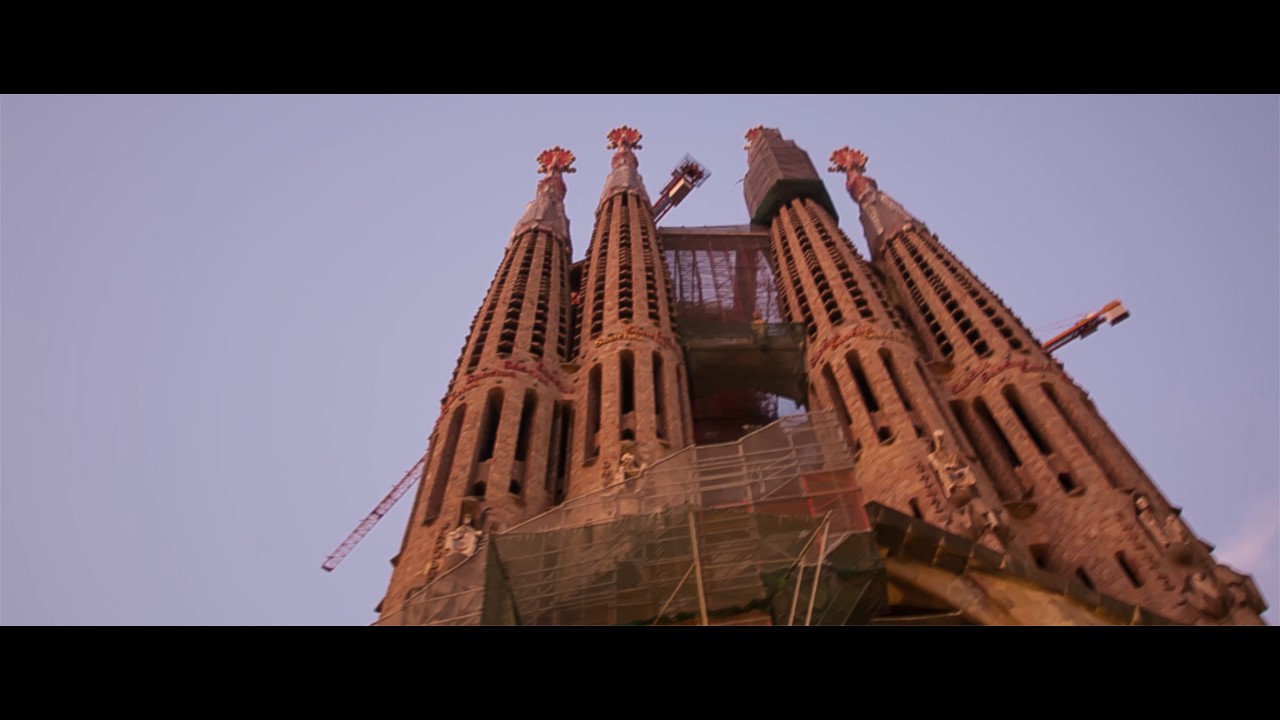Explored the stunning landscapes of Meghalaya
Meghalaya, located in the northeastern part of India, is often called the “Abode of Clouds” and lives up to its name with its misty hills, abundant rainfall, and lush green landscapes. It’s a unique destination known for its living root bridges, stunning waterfalls, ancient caves, and the vibrant culture of its indigenous tribes, particularly the Khasi, Jaintia, and Garo communities.
Here’s a detailed look at what makes Meghalaya an amazing place to visit:
Unique Attractions & Experiences:
-
Living Root Bridges: These are the most iconic attractions in Meghalaya. The indigenous Khasi and Jaintia people have ingeniously trained the aerial roots of the Ficus elastica (Indian rubber tree) to grow across rivers and streams, forming incredibly strong, living bridges that strengthen over time.
- Double Decker Living Root Bridge (Nongriat): This is the most famous and requires a significant trek, but the reward is seeing two root bridges stacked one above the other.
- Mawlynnong Root Bridge: An easily accessible root bridge near Asia’s cleanest village.
- Longest Living Root Bridge (Rangthylliang/Mawkyrnot): At over 50 meters, it’s a testament to the longevity of these natural wonders.
-
Cherrapunji (Sohra) & Mawsynram: These two places vie for the title of the wettest place on Earth. During the monsoon season (July-September), they receive torrential rainfall, making the waterfalls truly spectacular and the landscapes incredibly lush and misty.
- Nohkalikai Falls: India’s tallest plunge waterfall (335 meters), particularly impressive during monsoon.
- Seven Sisters Falls (Nohsngithiang Falls): A magnificent cluster of seven waterfalls cascading down a cliff.
- Dainthlen Falls & Kynrem Falls: Other beautiful waterfalls in the Cherrapunji region.
-
Caves: Meghalaya is home to some of the longest and most intricate cave systems in Asia.
- Mawsmai Cave: The most easily accessible and popular limestone cave in Cherrapunji, illuminated for tourists.
- Arwah Cave: Known for its ancient marine fossils embedded in the limestone.
- Krem Puri: The world’s longest sandstone cave.
- Siju Caves: Known for their bat colonies and impressive stalactites and stalagmites.
-
Dawki & Umngot River: A small border town famous for the incredibly clear waters of the Umngot River. During the dry season, the water is so transparent that boats appear to float in the air. It’s popular for boating, kayaking, and riverside camping.
-
Mawlynnong Village: Declared “Asia’s Cleanest Village,” Mawlynnong is a model of community-based eco-tourism. Visitors can experience the unique cleanliness, well-maintained gardens, and sustainable practices of the Khasi people.
-
Shillong: The capital city, often called the “Scotland of the East,” for its rolling hills and pleasant climate.
- Umiam Lake: A large, picturesque man-made reservoir offering boating and water sports.
- Elephant Falls: A multi-tiered waterfall.
- Laitlum Canyons: Offers breathtaking panoramic views of deep gorges and rolling hills, often covered in mist.
- Shillong Peak: The highest point in Shillong, providing a bird’s-eye view of the city and surrounding valleys.
- Don Bosco Centre for Indigenous Cultures: A well-regarded museum showcasing the culture and traditions of the indigenous tribes of Northeast India.
-
Mawphlang Sacred Forest: An ancient, sacred grove preserved by the Khasi community for centuries. It’s believed that taking anything out of the forest will bring misfortune. Guided tours explain its ecological and cultural significance.
-
Nongjrong: A lesser-known viewpoint offering incredible misty valley views, particularly at dawn when the valley is often covered in clouds.
Best Time to Visit:
- Winter (November to February): Generally considered the best time. The weather is cool and pleasant (4-16°C), skies are clear, making it ideal for sightseeing, trekking, and photography. Waterfalls are still beautiful but not at their peak flow.
- Summer (March to June): Pleasant for nature walks, exploring caves, and enjoying the lush greenery before the full monsoon arrives.
- Monsoon (July to September): While trekking can be challenging and some roads might be tricky, this is when the waterfalls are at their most magnificent, and the entire landscape is incredibly verdant and misty, offering dramatic photographic opportunities.
Culture & People:
- Matrilineal Society: A unique aspect of Khasi and Jaintia cultures is their matrilineal system, where lineage and inheritance are traced through the mother’s side, and the youngest daughter inherits family property.
- Festivals: Experience local festivals like Wangala (Garo harvest festival), Behdeinkhlam (Jaintia cleansing festival), and Shad Suk Mynsiem (Khasi dance festival).
- Cuisine: Don’t miss trying local delicacies like Jadoh (rice cooked with pork), Tungrymbai (fermented soybean dish), Dohneiiong (pork with black sesame), and Pumaloi (steamed rice cake).
Getting There & Around:
- Nearest Airport: Guwahati (Assam) is the major international airport, about 3-4 hours drive from Shillong. Shillong also has a smaller airport (Umroi).
- Nearest Railway Station: Guwahati Railway Station.
- Roads: Meghalaya has scenic and generally well-maintained roads. Taxis (shared or private) and buses are readily available from Guwahati and within the state. Self-drive options are also popular for exploring.
Meghalaya offers a truly offbeat and enriching travel experience for those seeking nature, adventure, and cultural immersion away from typical tourist crowds.









